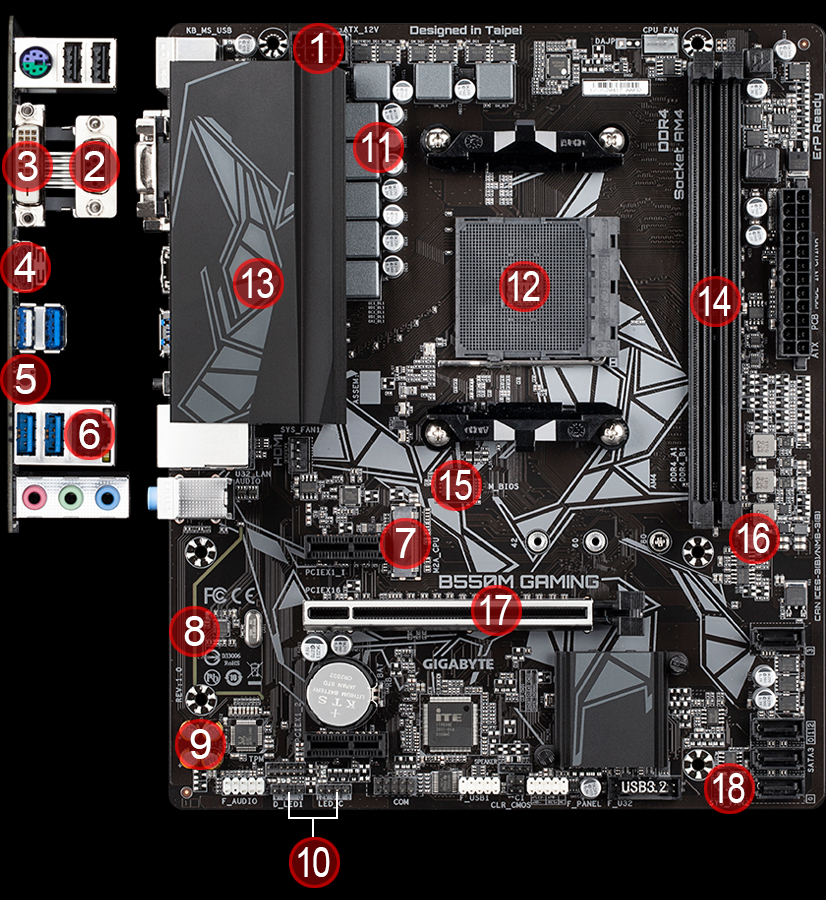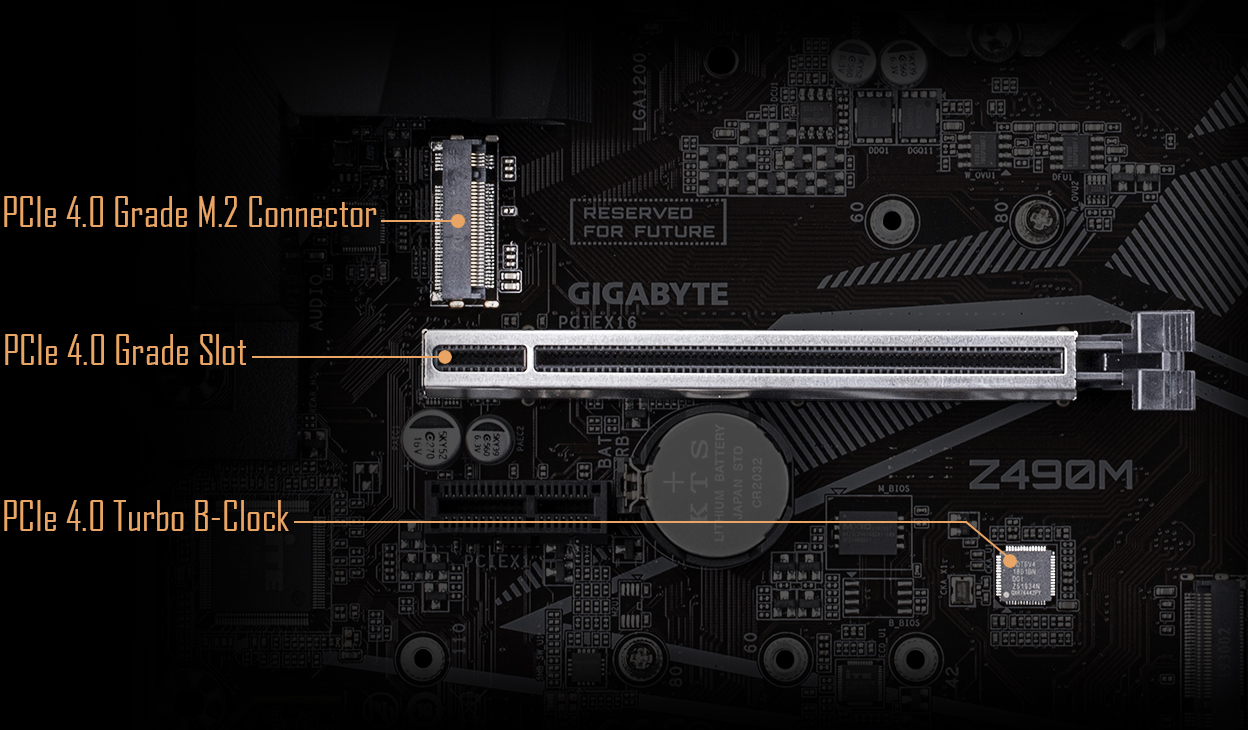
However, if you connect a PCIe 3.0 card to a PCIe 4.0 slot, the card will perform to the PCIe 3.0 specs. Like PCIe 3.0, PCIe 4.0 is forward and backward compatible. How does PCIe 4.0 affect my choice of SSD, NVMe, and GPU? To learn more about the math behind the PCIe 4.0 process, check out this article.Ĭheck out this article to learn the details behind the development of PCIe 4.0. Low-loss dielectric materials allow higher speed signals to propagate further through PCBs. The doubling in bandwidth is made possible through new PCIe 4.0 controllers, like the one included in the AMD X570 chipset, as well as through low-loss dielectrics materials. The increase in bandwidth enables faster data transmission between the PCIe and the endpoint (SSD, GPU, etc). Knowing the encoding allows us to calculate the overhead required to transmit PCIe data streams. This means, the maximum theoretical bandwidth in Gbps (Gigabit per second) of each PCIe Gen 4.0 looks like this:
#GIGABYTE ULTRA DURABLE MOTHERBOARD BOARD CODE 15 SERIAL#
The two extra bits contain a preamble which aids in the clock recovery of the serial data stream to allow the receiver to decode the transmitted signals. This allows for reasonable clock recovery (which is the process of extracting timing information from a data stream) and ensures alignment of the datastream. This encoding technique transforms 128-bit data into 130-bit line code. Older generations such as PCIe Gen 2.0 use 8b/10b encoding. PCIe Gen 3.0 and PCIe Gen 4.0 use a 128b/130b encoding technique. Understanding the encoding technique is necessary to determine the actual amount of data that can be transferred. Translating this, your peak theoretical bit rate via PCIe 3.0 would be: 4 Lanes x 8 (GT/s / Lane) = 32GT/s.Ĥ Lanes * 16 (GT/s/Lane)=64GT/s The importance of PCIe encoding Industry standard NVMe drives use 4 PCIe lanes. A real world example would be an NVMe SSD operating at PCIe 3.0. GT/s is the rate of bits (0’s and 1’s) transferred per second that get transmitted from the host to the end device or endpoint. PCIe 3.0 offers a data transfer rate of 8GT/s, or Gigatransfers per second. The two standards are structurally very similar, with the key difference being the higher transfer rate and, in some cases, the material used to achieve successful transmission of the PCIe signal. Simply put, PCIe 4.0 has double the throughput of PCIe 3.0.

What is PCIe Gen 4.0 and how is it different from PCIe Gen 3.0? To learn more about PCIe in general, be sure to check out our video, PCIe Basics in 60 Seconds. But with a lot of conversation comes a lot of misconceptions and outstanding questions.

Because nothing is ever quite fast enough when it comes to technology, it’s no surprise that PCIe 4.0 has been talked about a lot. Other snapshots available on ).PCIe 4.0 is the next evolution of a widely used, high-speed interface. (Update: a snapshot updated at the period of the answer.

In the second case instead you can read here below:

Reporting what found on a Gigabyte support page it seems you have to distinguish only if your motherboard has an AWARD BIOS or an AMI BIOS. It is the message that your computer is sending to you. The computer power-on self-test (POST) tests the computer to make sure it meets the necessary system requirements and that all hardware is working properly before starting the remainder of the boot process. What you listen is the power on self test, POST for the friends.


 13 kommentar(er)
13 kommentar(er)
